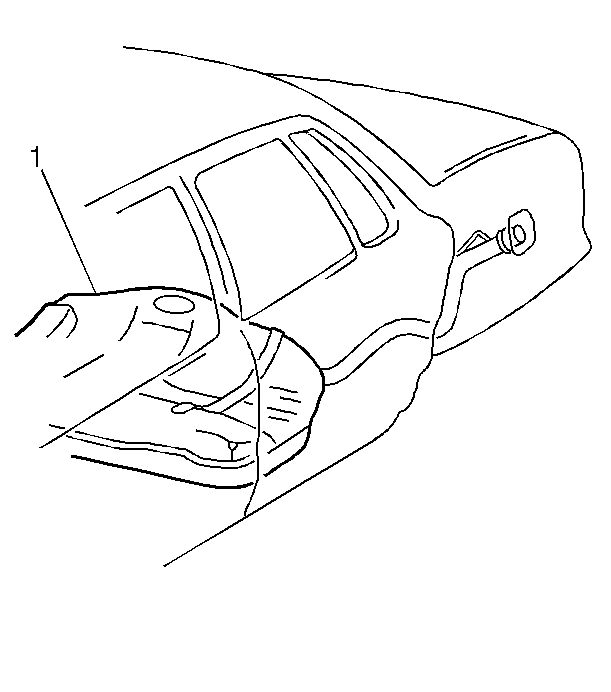The fuel tank is
used to store fuel for the vehicle. The tank is located in the rear of the
vehicle and is held in place by two metal straps that are attached to the
underbody. The fuel tank is made of steel and is coated internally with a
special corrosion inhibitor. Due to the internal coating of the fuel tank,
the fuel tank is not repairable. The fuel tank shape includes a reservoir
in order to maintain a constant supply of fuel around the fuel pump strainer
during low fuel conditions and aggressive vehicle maneuvers.

